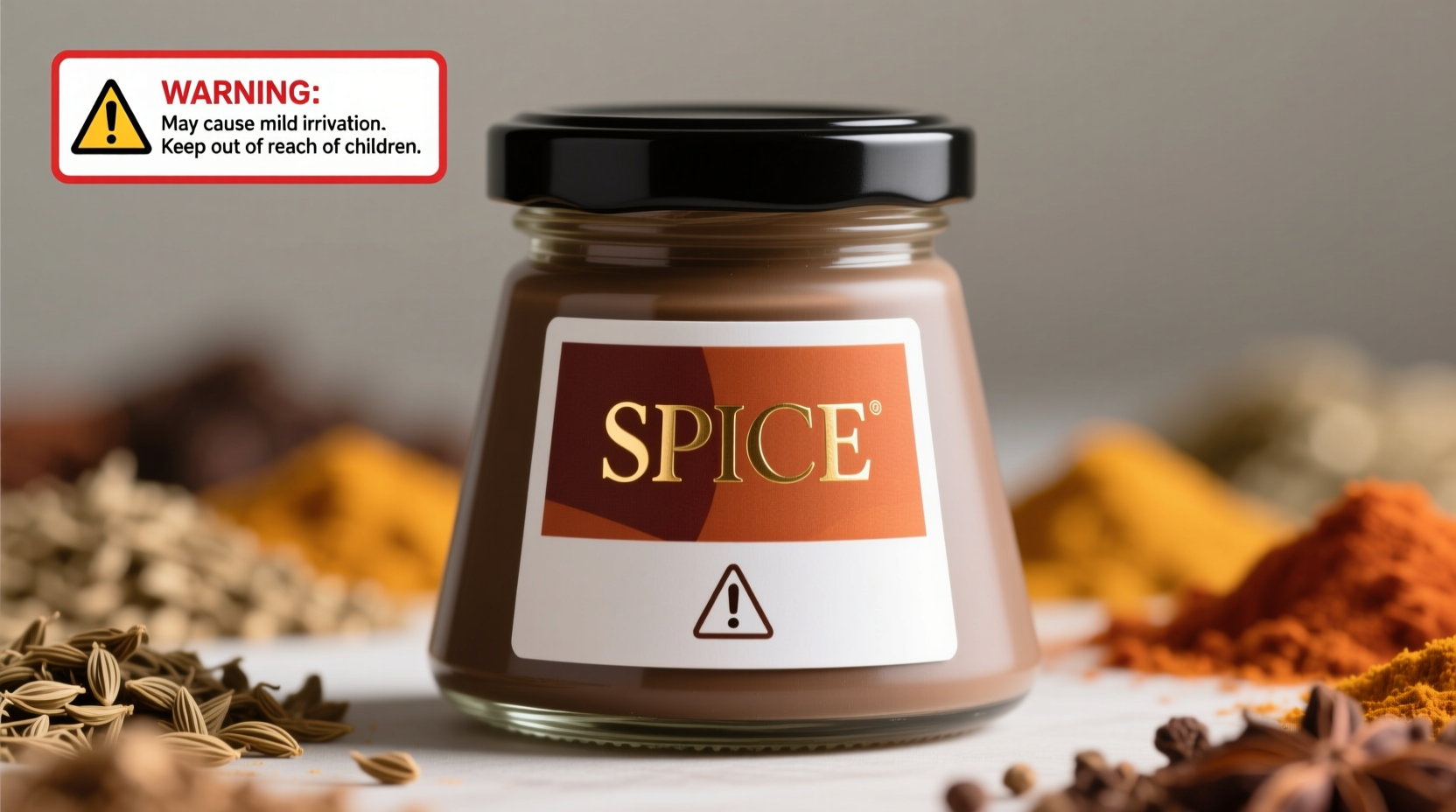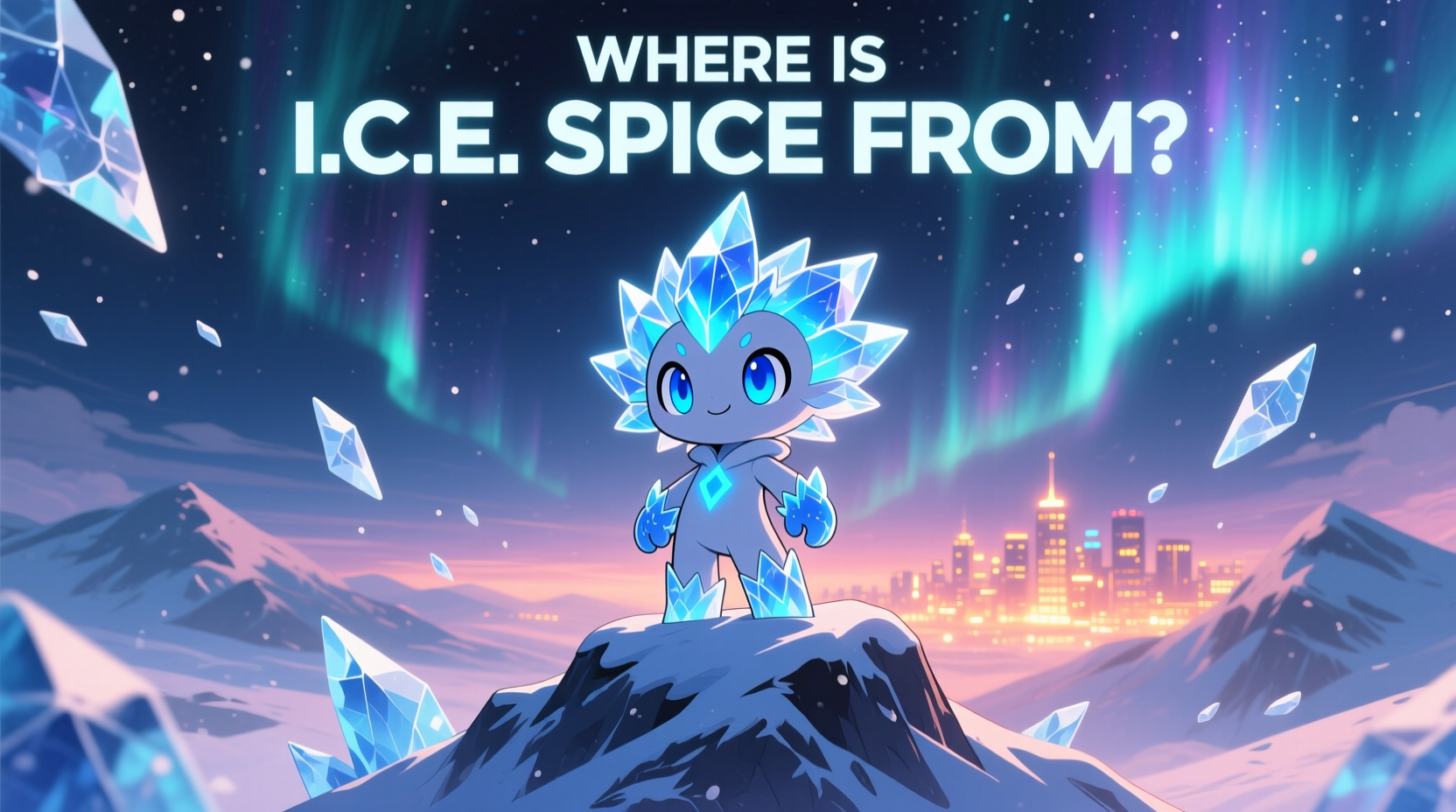Understanding the Confusion: ICE vs. SPICE
When searching "where is ICE spice from," you're likely encountering a common misunderstanding. There is no substance called 'ICE spice' in legitimate contexts. This query typically conflates two dangerous illicit drugs:
- SPICE/K2 - Synthetic cannabinoids marketed as "herbal incense"
- ICE - A crystalline form of methamphetamine
Neither product has any relation to culinary spices despite the terminology. This confusion has serious implications, as both substances pose significant health risks. Let's clarify their origins and characteristics based on verified scientific information.
SPICE: Synthetic Cannabinoids Explained
SPICE refers to a group of synthetic cannabinoid receptor agonists (SCRAs) designed to mimic THC, the active compound in marijuana. Despite being sold as "legal highs" or "herbal incense," these products contain dangerous laboratory-made chemicals.
| Characteristic | SPICE/K2 | Actual Culinary Spices |
|---|---|---|
| Primary Origin | Clandestine labs (primarily China) | Natural plant sources worldwide |
| Chemical Composition | Synthetic compounds (JWH-018, CP-47,497) | Natural essential oils and compounds |
| Regulatory Status | Banned in most countries | Generally recognized as safe (GRAS) |
| Health Impact | Severe toxicity, psychosis, death | Generally safe in culinary amounts |
Where SPICE Actually Comes From
According to the Drug Enforcement Administration (DEA), the manufacturing process for SPICE follows this pattern:
- Chemical synthesis: Primarily occurs in clandestine laboratories in China, where precursor chemicals are readily available
- Processing: Chemicals are sprayed onto plant material (often harmless herbs like damiana or marshmallow)
- Distribution: Products are shipped globally through online marketplaces and smoke shops
The European Monitoring Centre for Drugs and Drug Addiction (EMCDDA) reports that Chinese laboratories produce approximately 70% of the world's synthetic cannabinoids. These operations often quickly modify chemical formulas to circumvent newly enacted bans.

ICE: Crystal Methamphetamine Origins
ICE refers specifically to the crystalline form of methamphetamine. Despite the "spice" misconception in your query, ICE has no relation to culinary spices. According to the United Nations Office on Drugs and Crime (UNODC), the production and trafficking routes follow this pattern:
- Primary manufacturing regions: Myanmar, Laos, and Mexico
- Key production method: Using precursor chemicals like pseudoephedrine
- Distribution networks: Transnational criminal organizations control most trafficking
Evolution Timeline of Synthetic Drugs
The development of these substances follows a concerning progression:
- 1980s-1990s: Academic researchers (like Dr. John Huffman) develop synthetic cannabinoids for scientific study
- Early 2000s: Chinese chemical companies begin mass-producing these compounds
- 2008-2010: SPICE products appear in smoke shops across Europe and North America
- 2011: First major bans implemented in the US and EU
- 2012-present: Constant chemical modifications to evade legal restrictions
This pattern of ban-evasion continues today, with the National Institutes of Health documenting over 190 distinct synthetic cannabinoid variants identified between 2008-2019.
Health Risks You Should Know
Understanding the dangers is crucial. According to the Centers for Disease Control and Prevention (CDC):
- SPICE use causes 30,000+ emergency department visits annually in the US
- Synthetic cannabinoids are 30 times more likely to result in severe toxicity than natural cannabis
- ICE (meth) use has contributed to a 189% increase in overdose deaths between 2015-2020
Legal Status Worldwide
Most countries have implemented strict controls:
- United States: Most SPICE compounds are Schedule I controlled substances
- European Union: 28 synthetic cannabinoids banned under EU-wide legislation
- China: Banned 250 synthetic drug compounds as of 2021
- Australia: All synthetic cannabinoids classified as prohibited substances
Getting Accurate Information
When researching substances, always verify information through authoritative sources. The National Institute on Drug Abuse (NIDA) provides science-based information about synthetic drugs. For immediate help with substance use concerns, contact the SAMHSA National Helpline at 1-800-662-4357.
Frequently Asked Questions
Is SPICE actually made from real spices?
No, SPICE contains no actual culinary spices. The plant material used is typically harmless herbs sprayed with synthetic chemicals designed to mimic THC effects. The term 'spice' was marketing terminology chosen to make the product seem innocuous.
Where does the name 'SPICE' come from?
The name originated from early product packaging that labeled the substances as 'herbal incense' or 'potpourri' with brand names like 'Spice' or 'K2'. Retailers falsely claimed these were 'safe' alternatives to marijuana, deliberately using the 'spice' terminology to avoid legal restrictions.
Can you legally buy SPICE products anywhere?
Most countries have banned the primary compounds found in SPICE products. While some vendors attempt to circumvent laws by slightly altering chemical formulas, these modified products remain illegal under analogue acts in many jurisdictions including the United States, European Union countries, and Australia.
Why are synthetic drugs like SPICE more dangerous than natural ones?
Synthetic drugs are more dangerous because they're often significantly more potent than natural substances, have unpredictable effects due to inconsistent manufacturing, and may contain toxic byproducts. Unlike natural cannabis, synthetic cannabinoids fully activate cannabinoid receptors rather than partially activating them, leading to severe physiological reactions.











 浙公网安备
33010002000092号
浙公网安备
33010002000092号 浙B2-20120091-4
浙B2-20120091-4